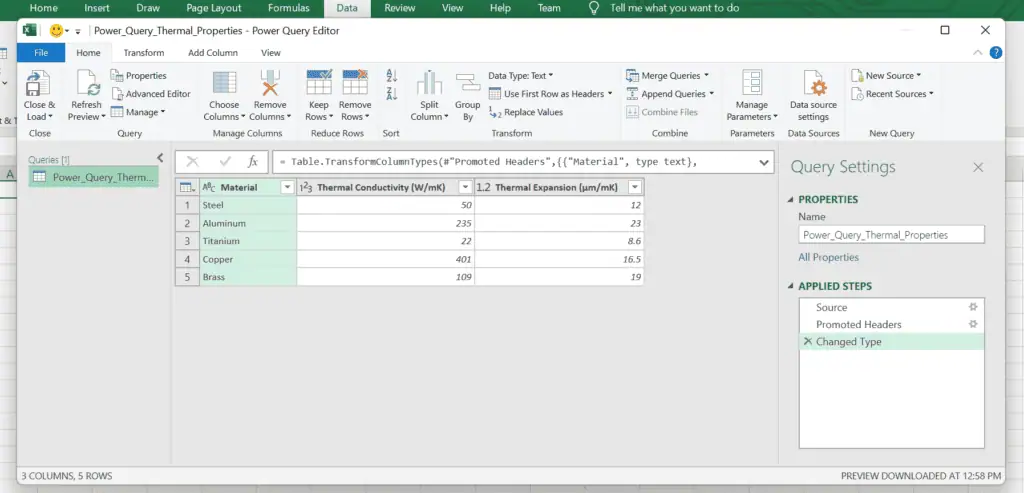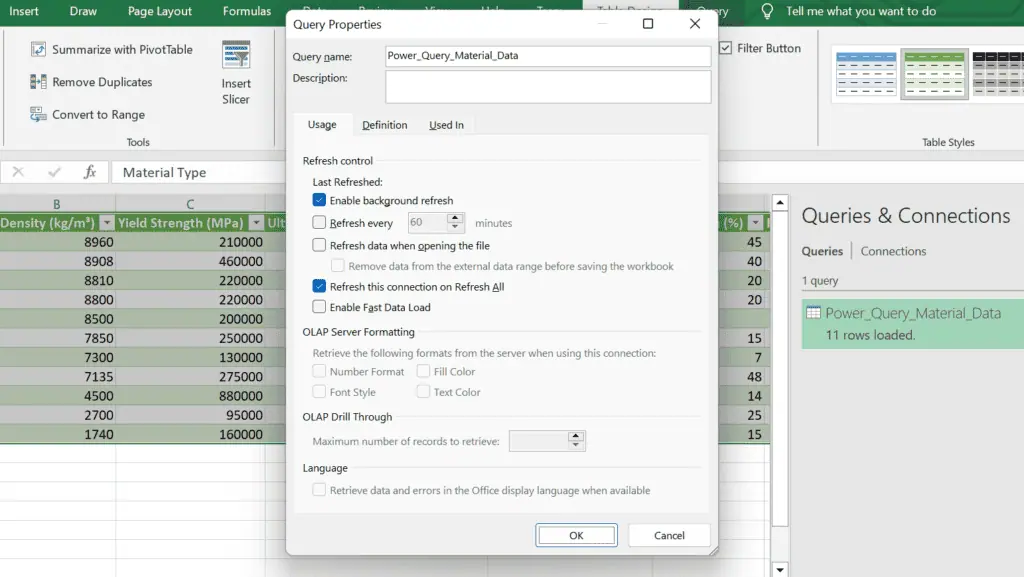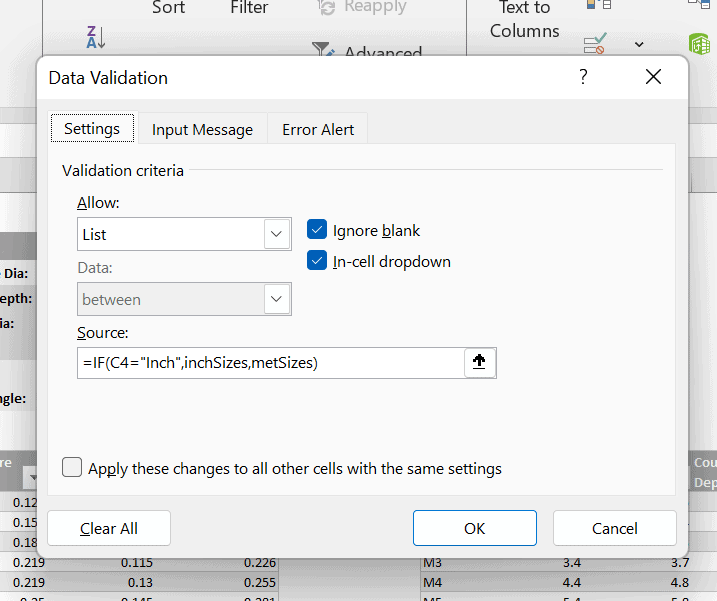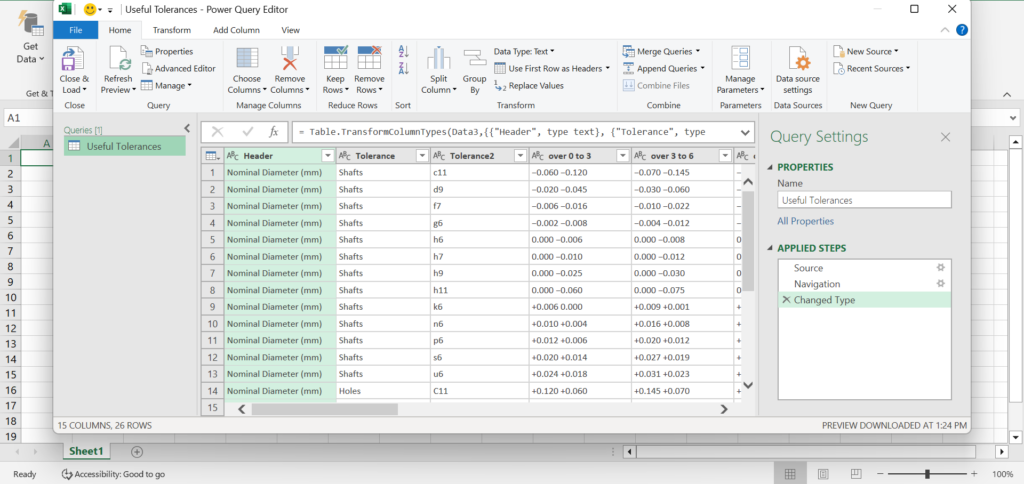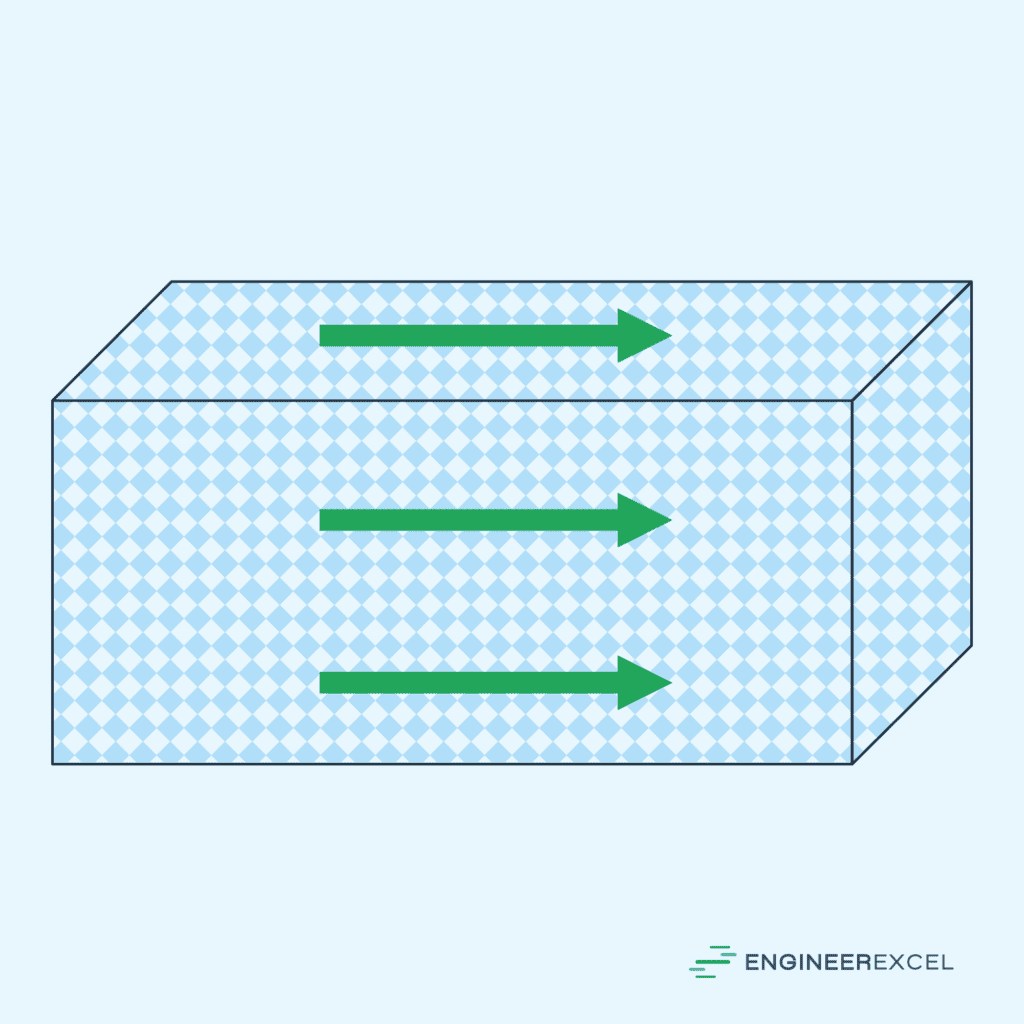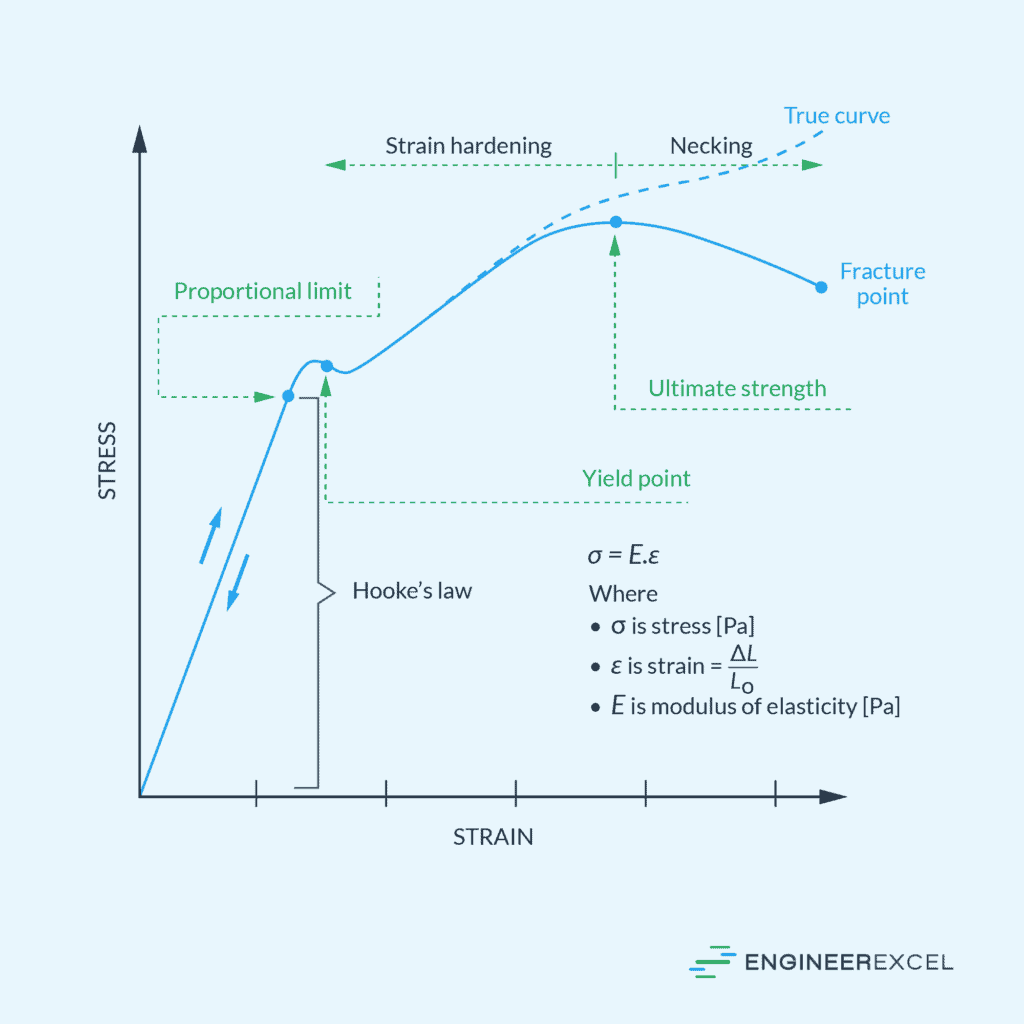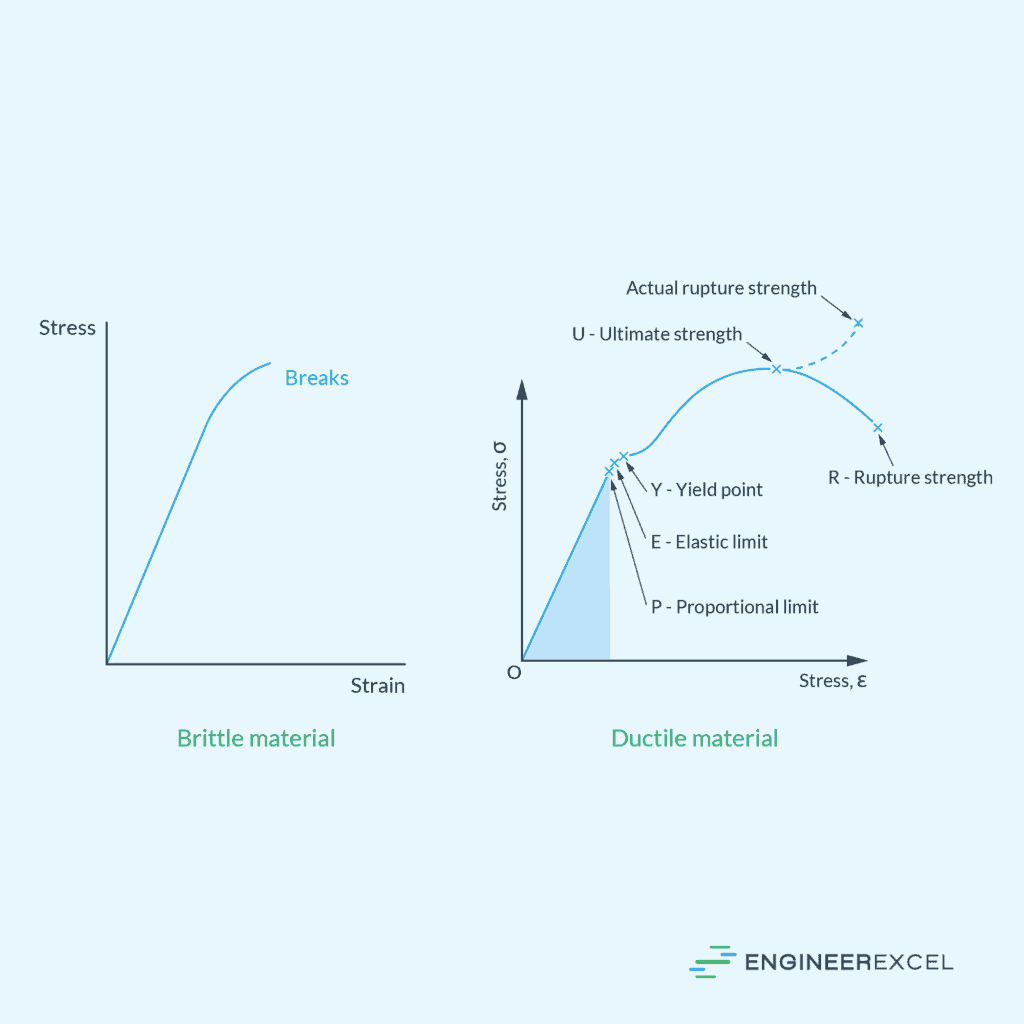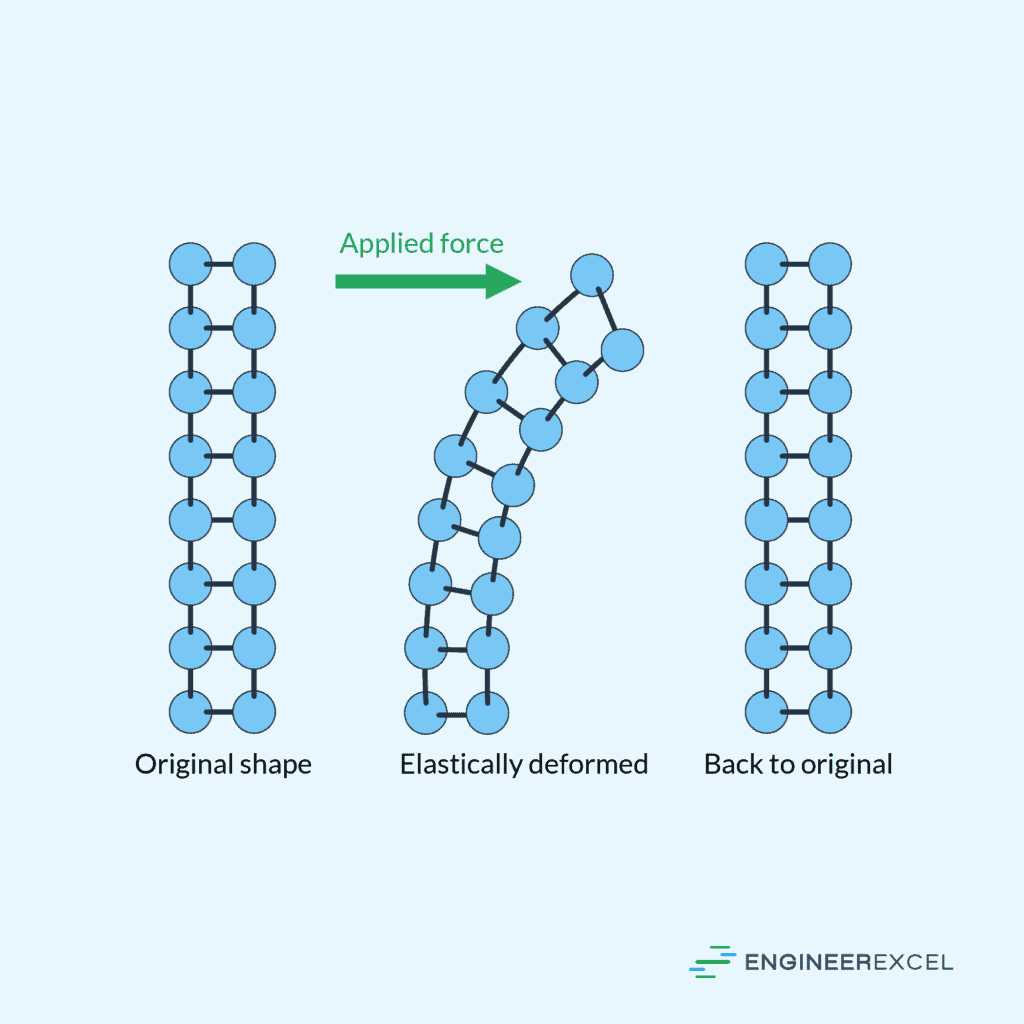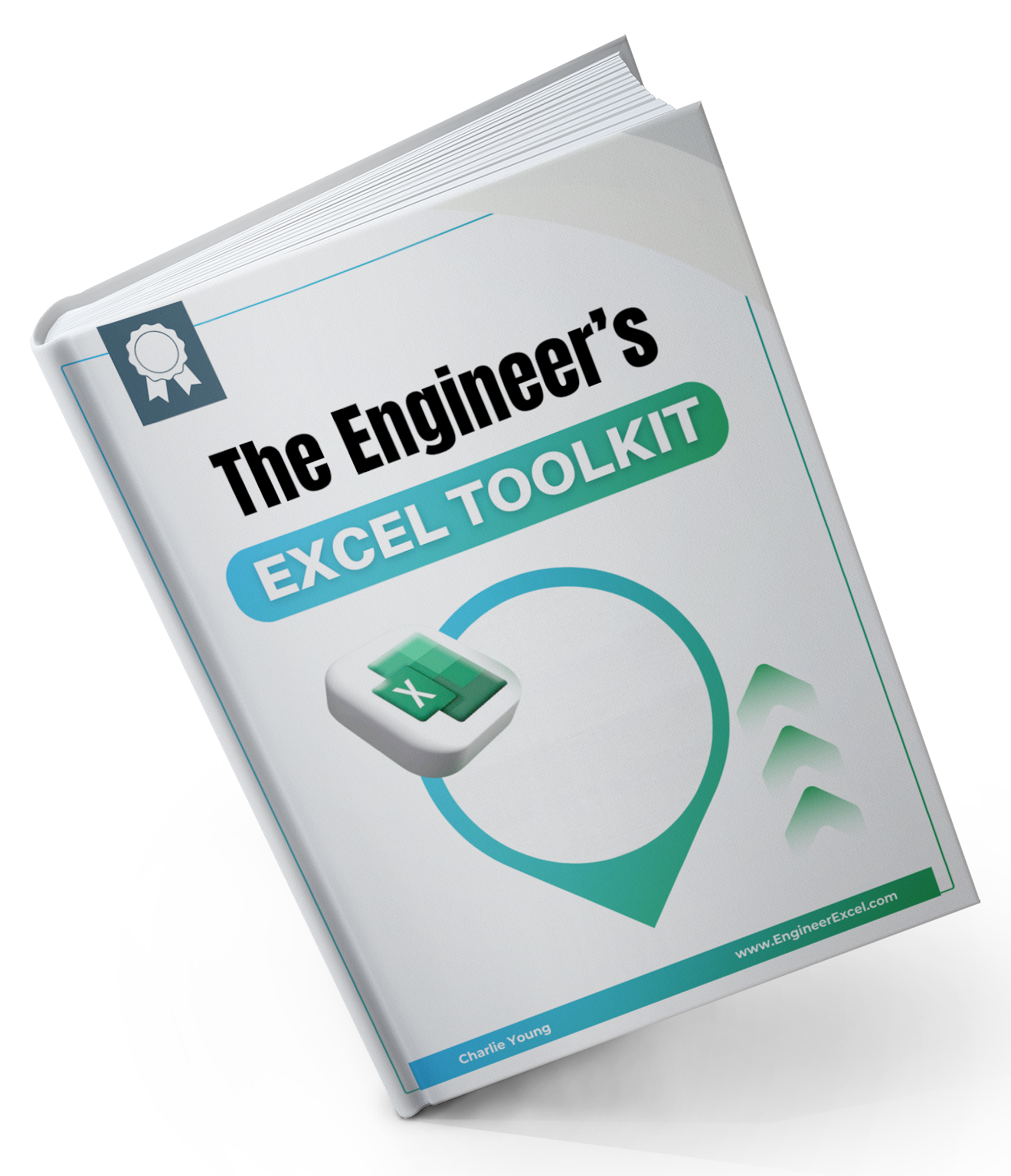Why Power Query Is the Excel Feature Engineers Can’t Ignore
If you find yourself buried under heaps of data with Excel as your go-to tool, then buckle up because we’re heading into the world of […]
Why Power Query Is the Excel Feature Engineers Can’t Ignore Read More »
